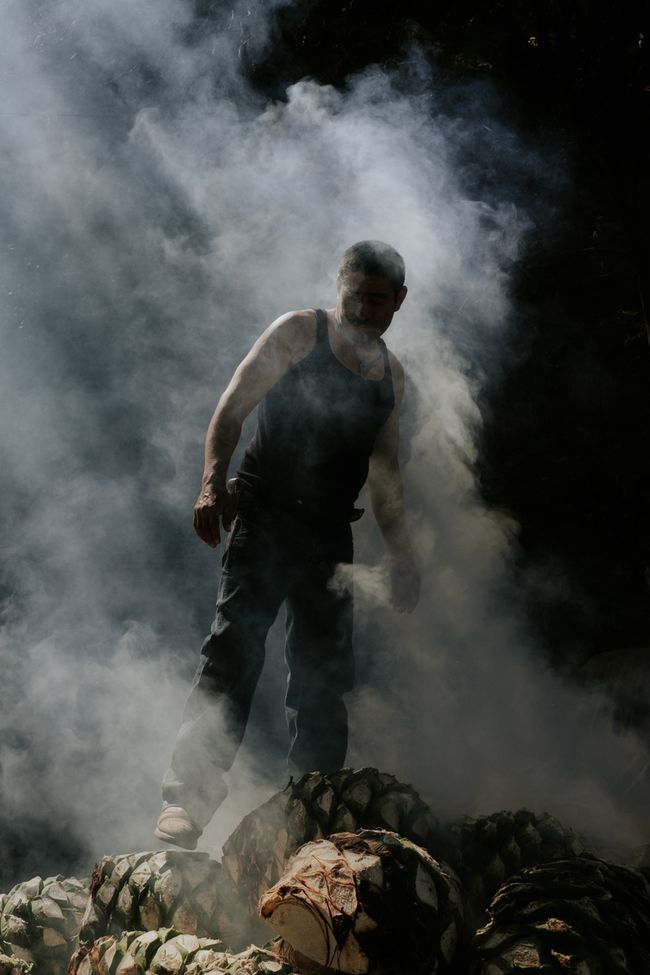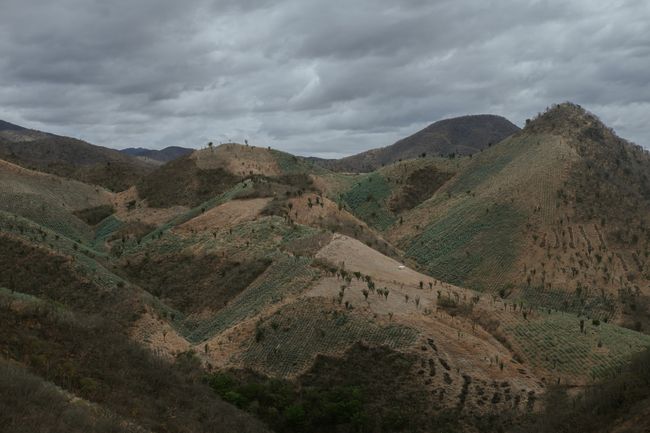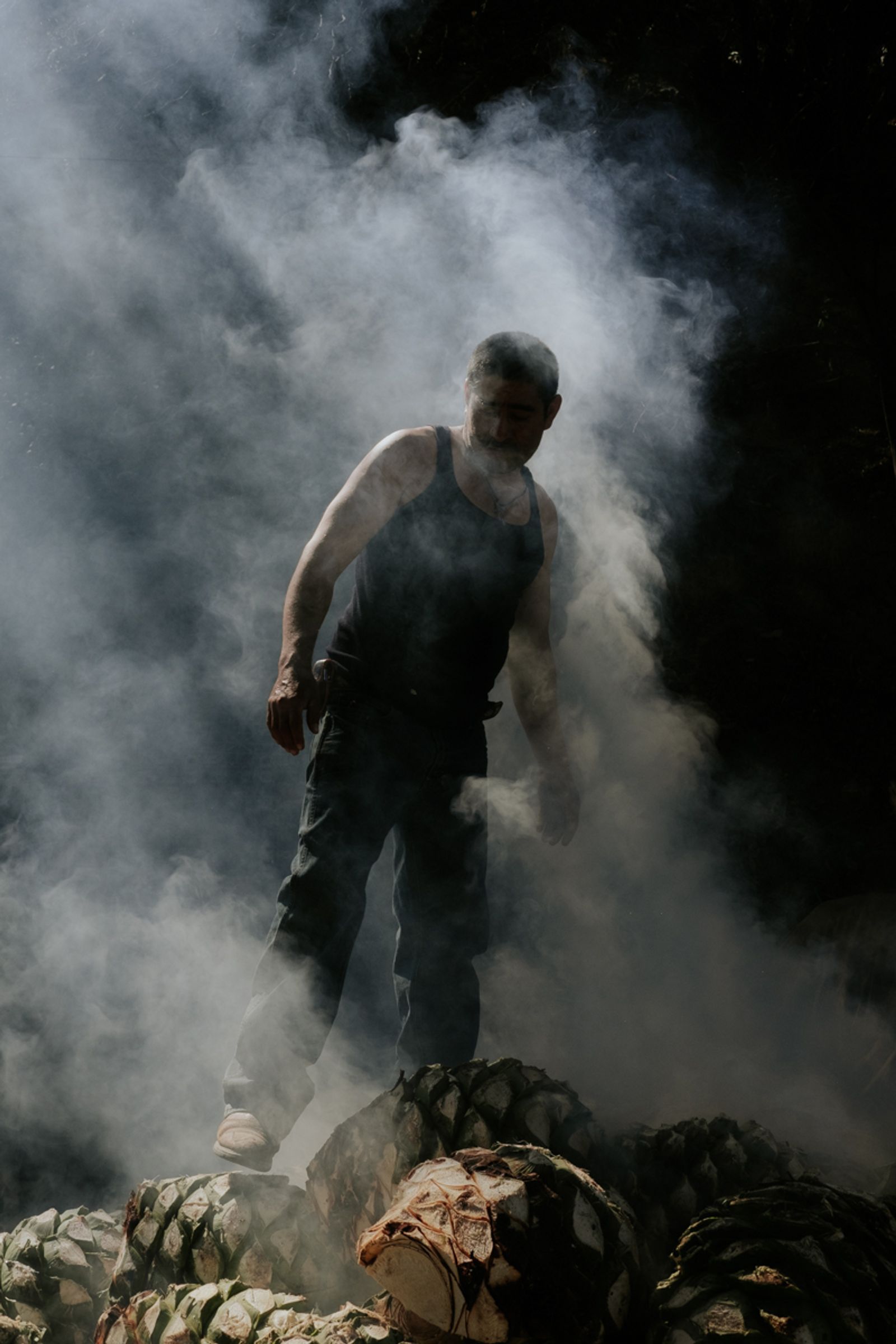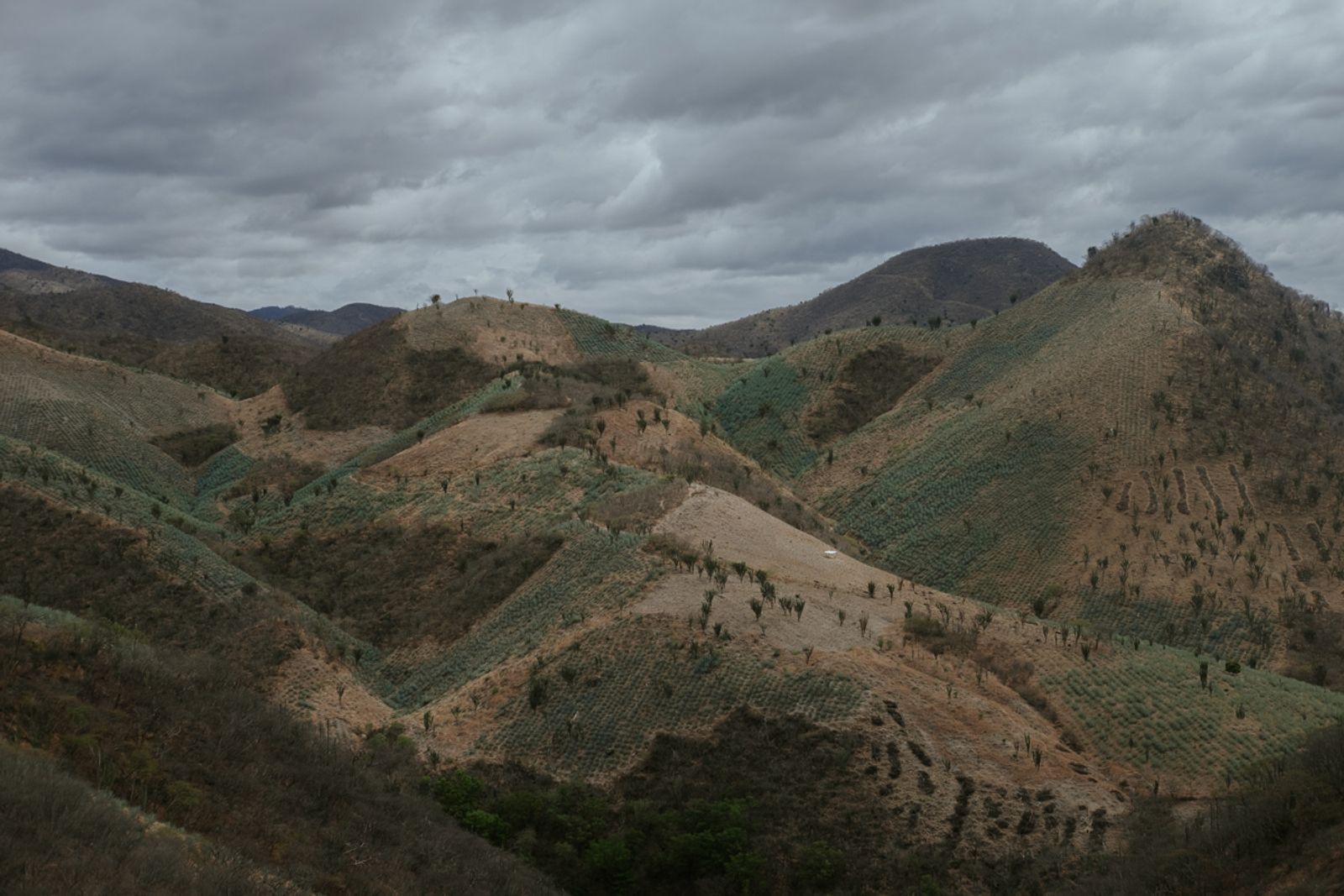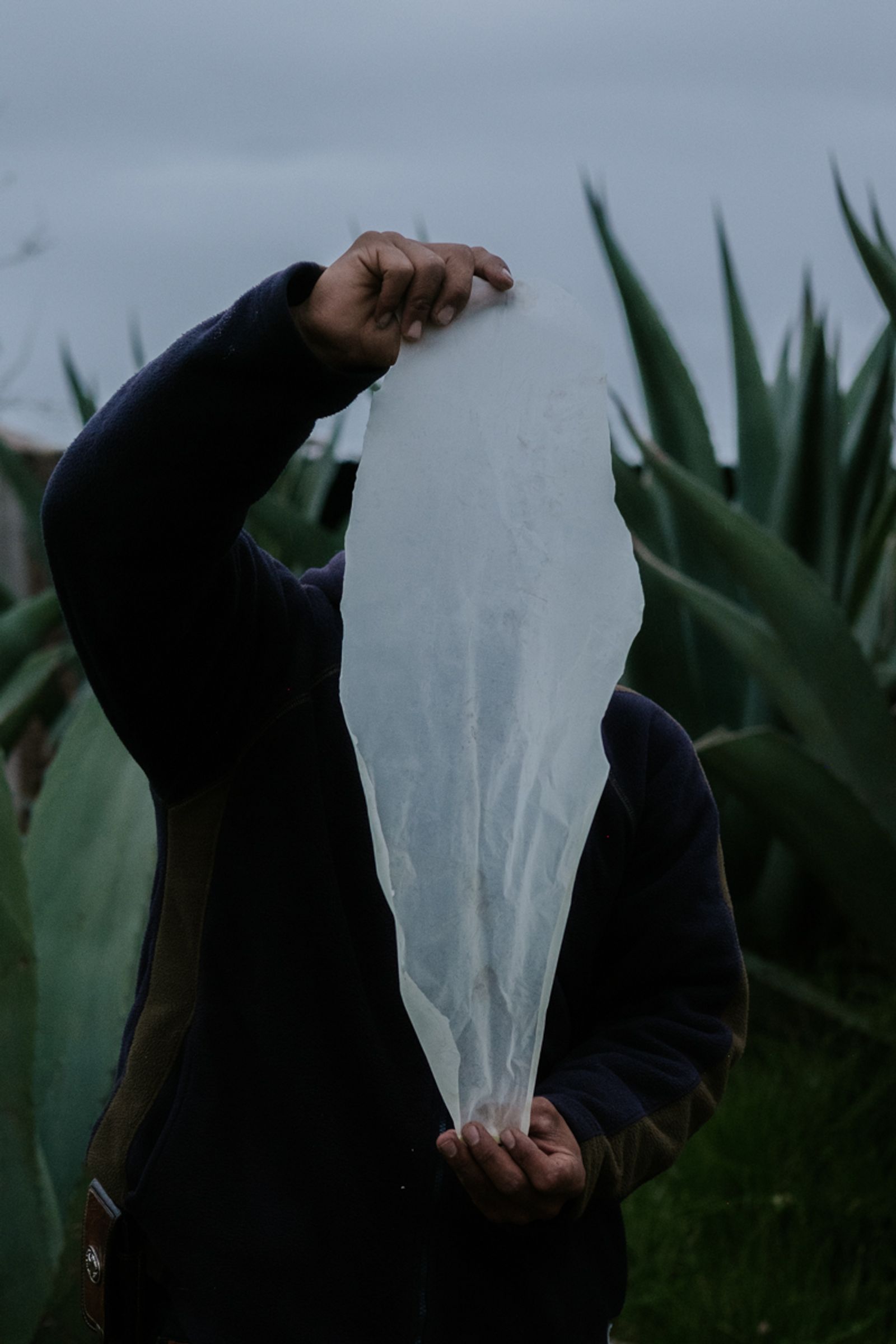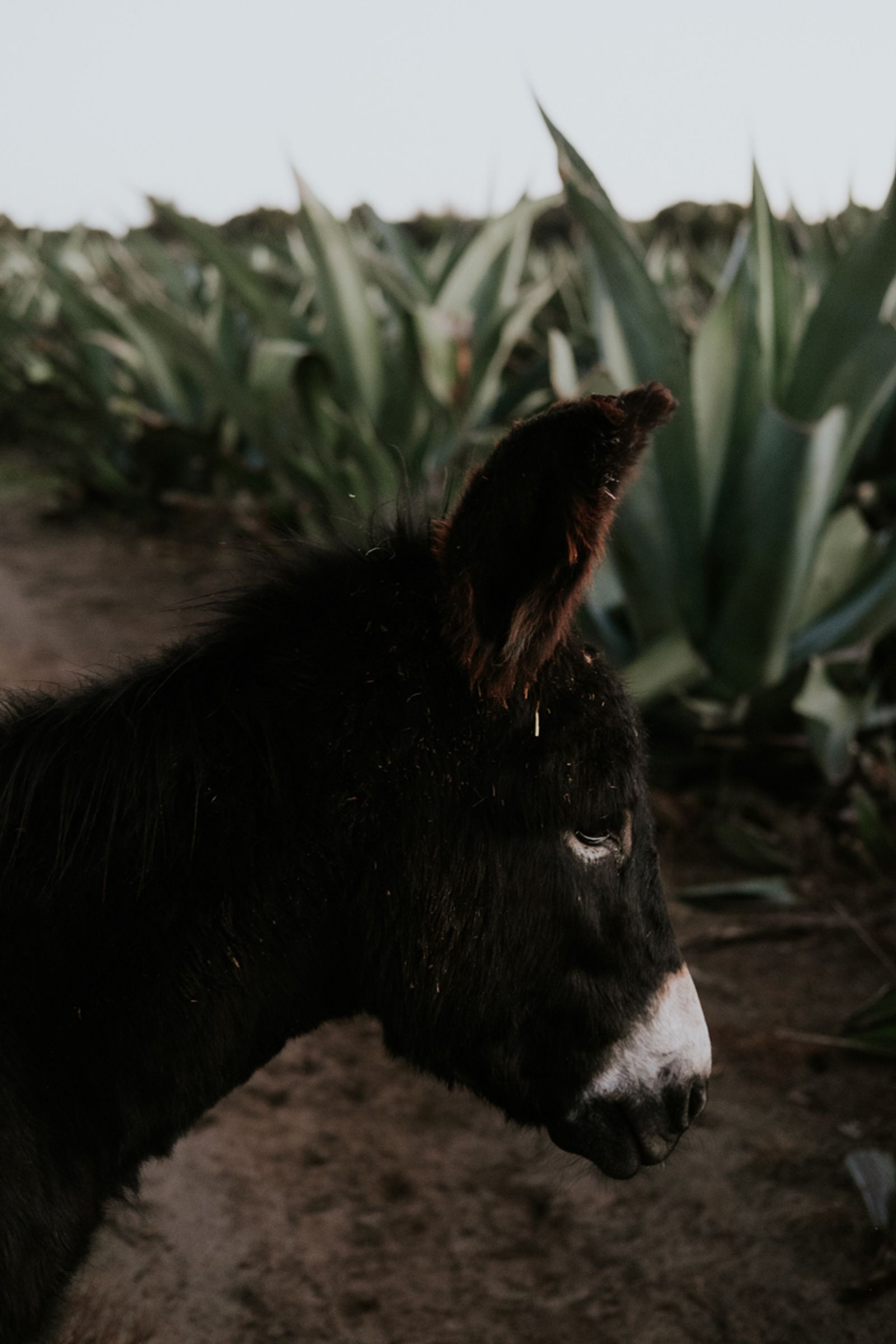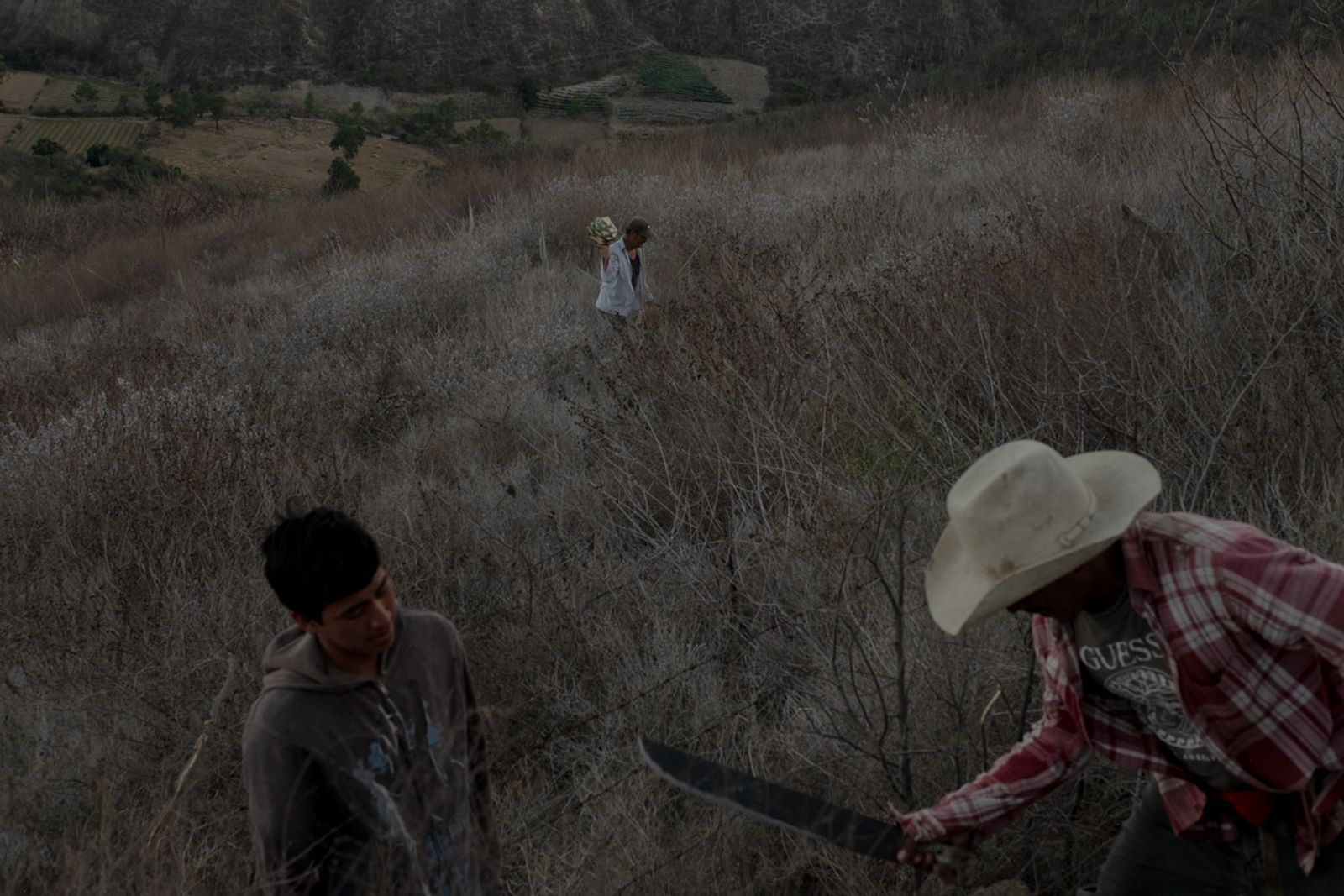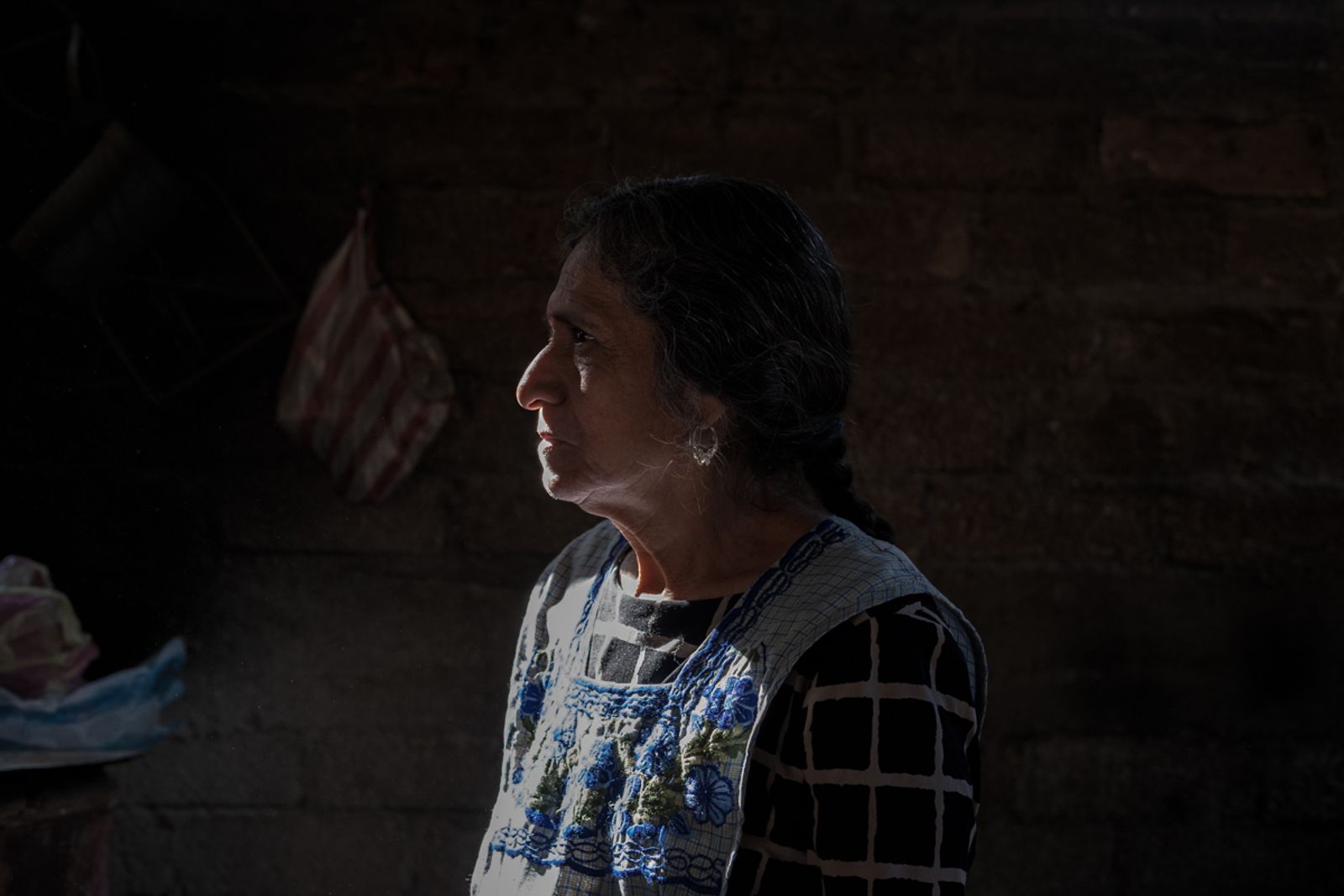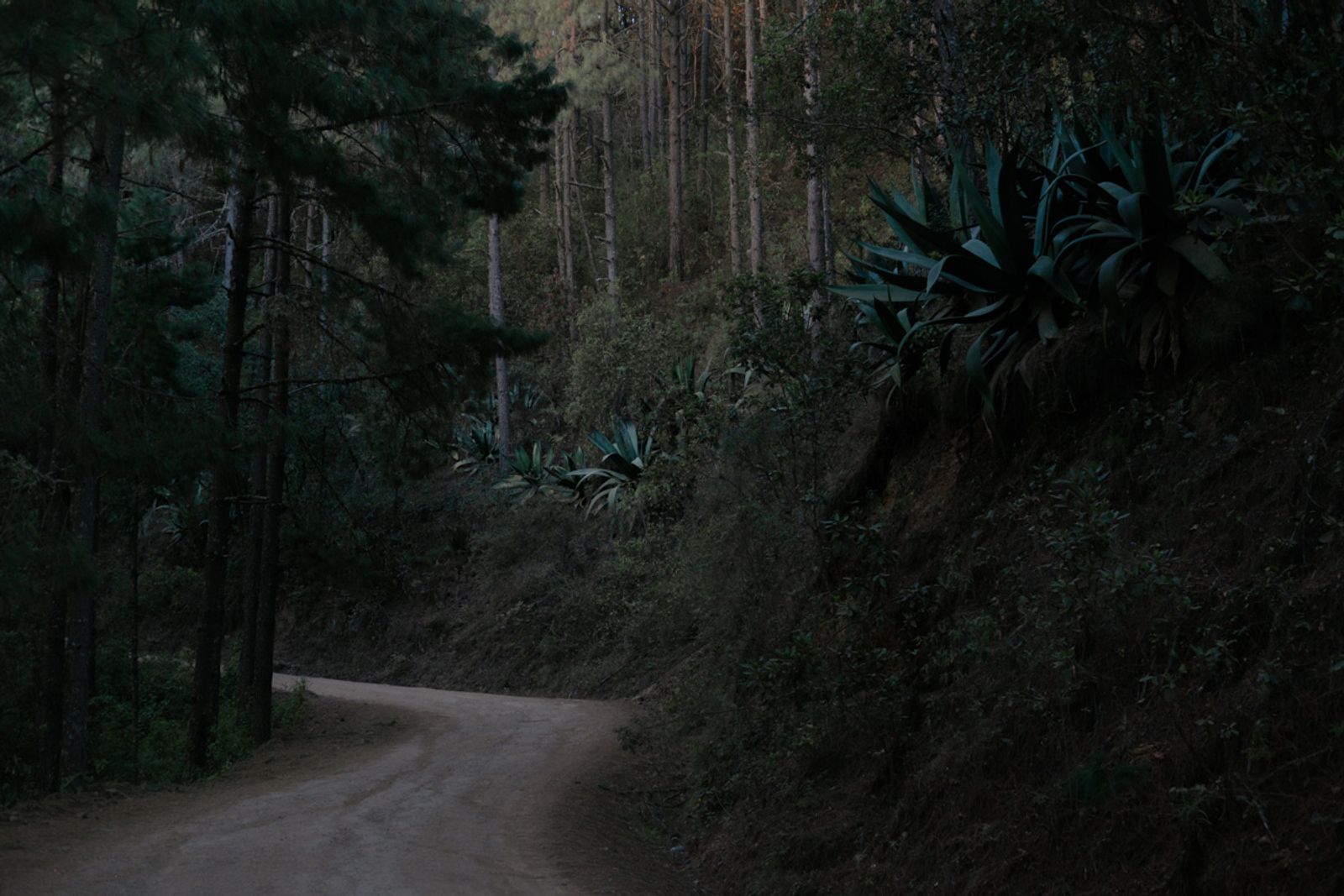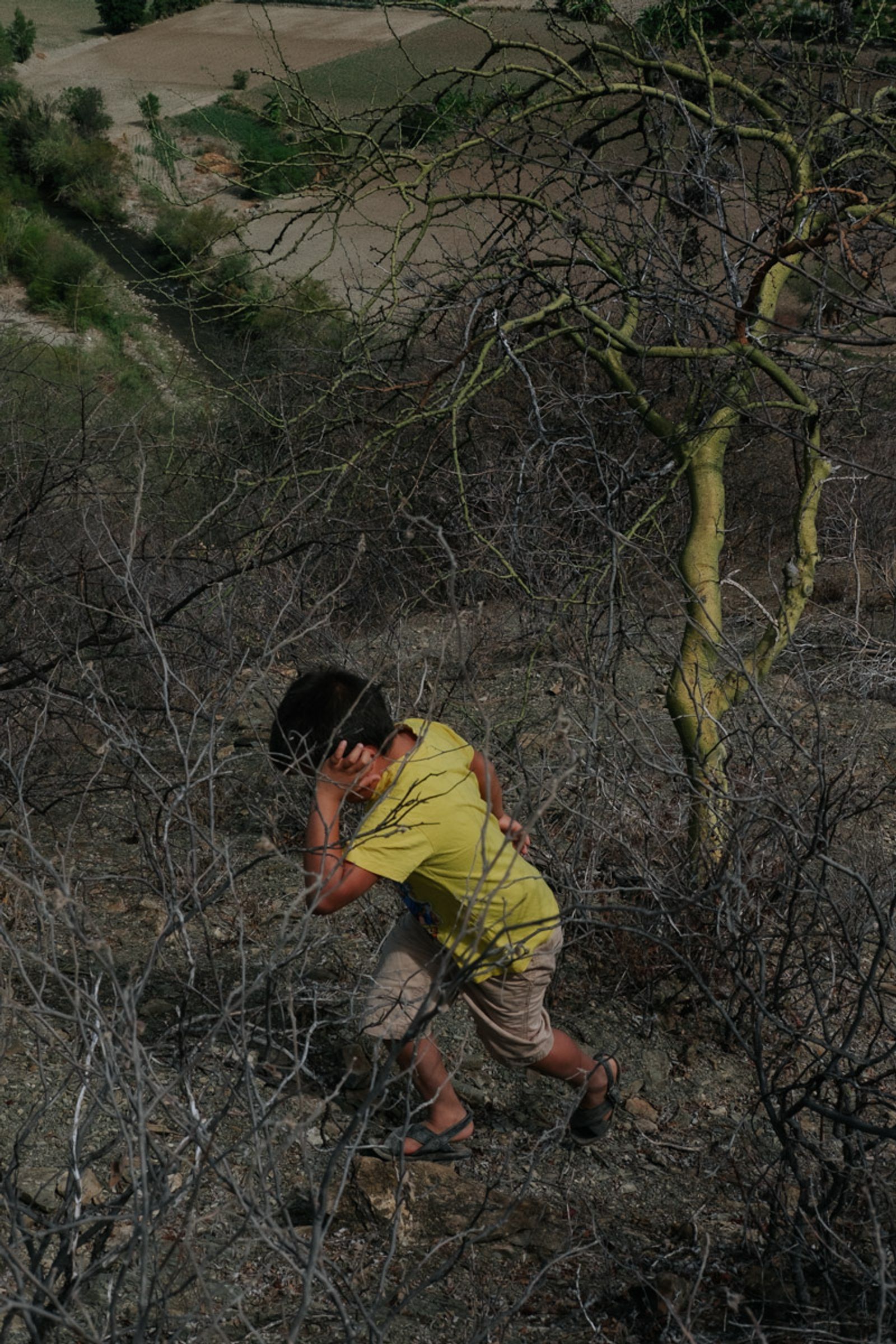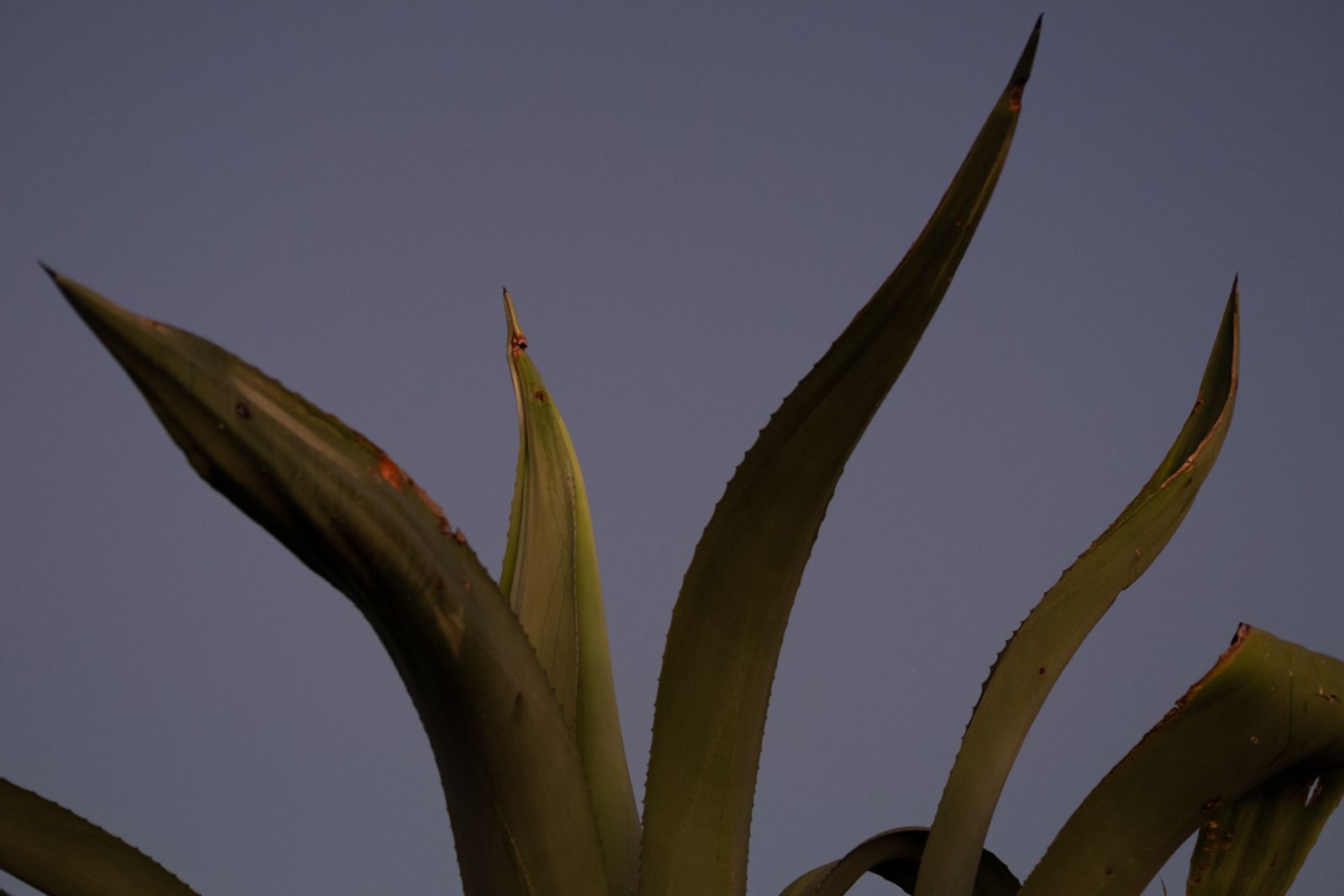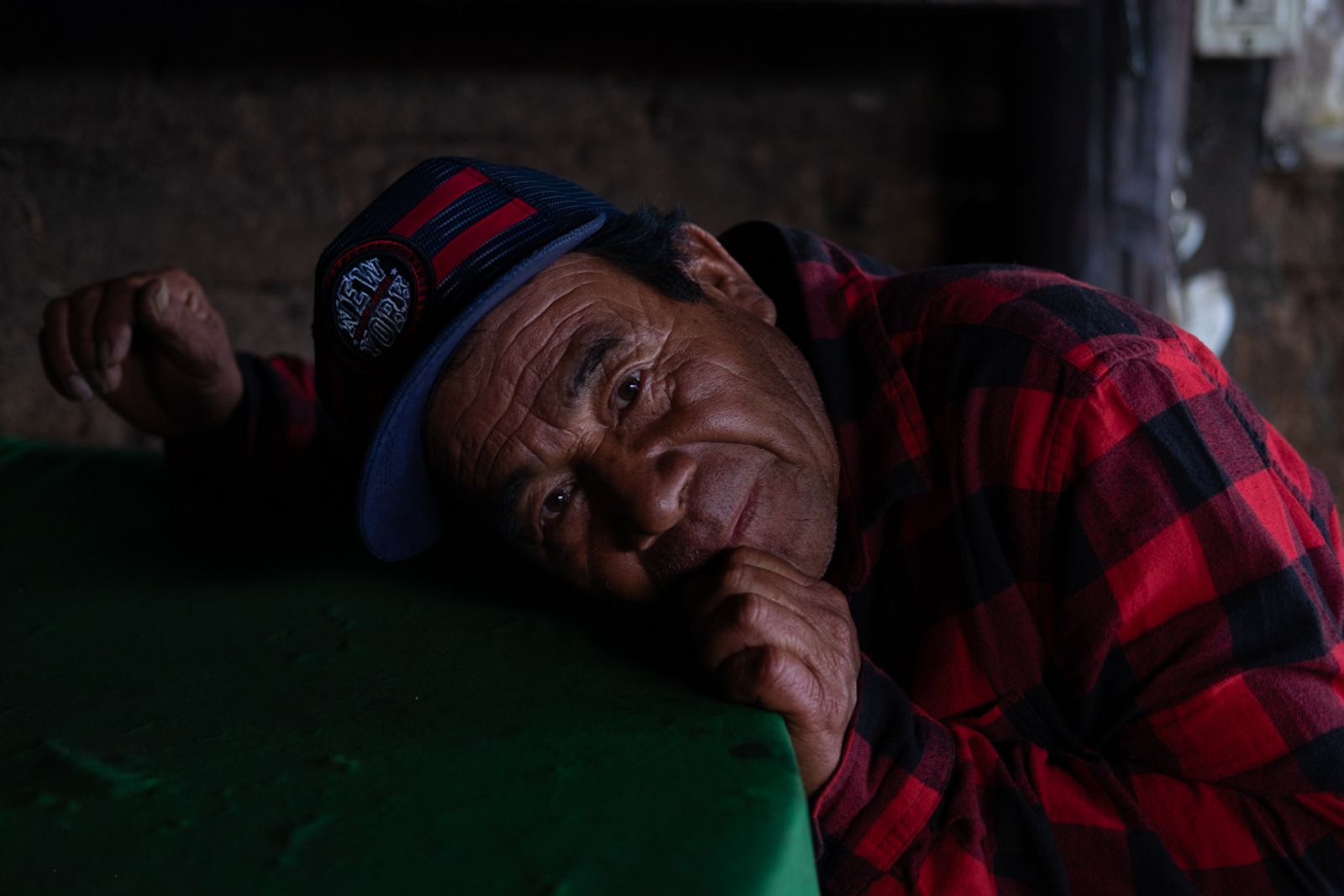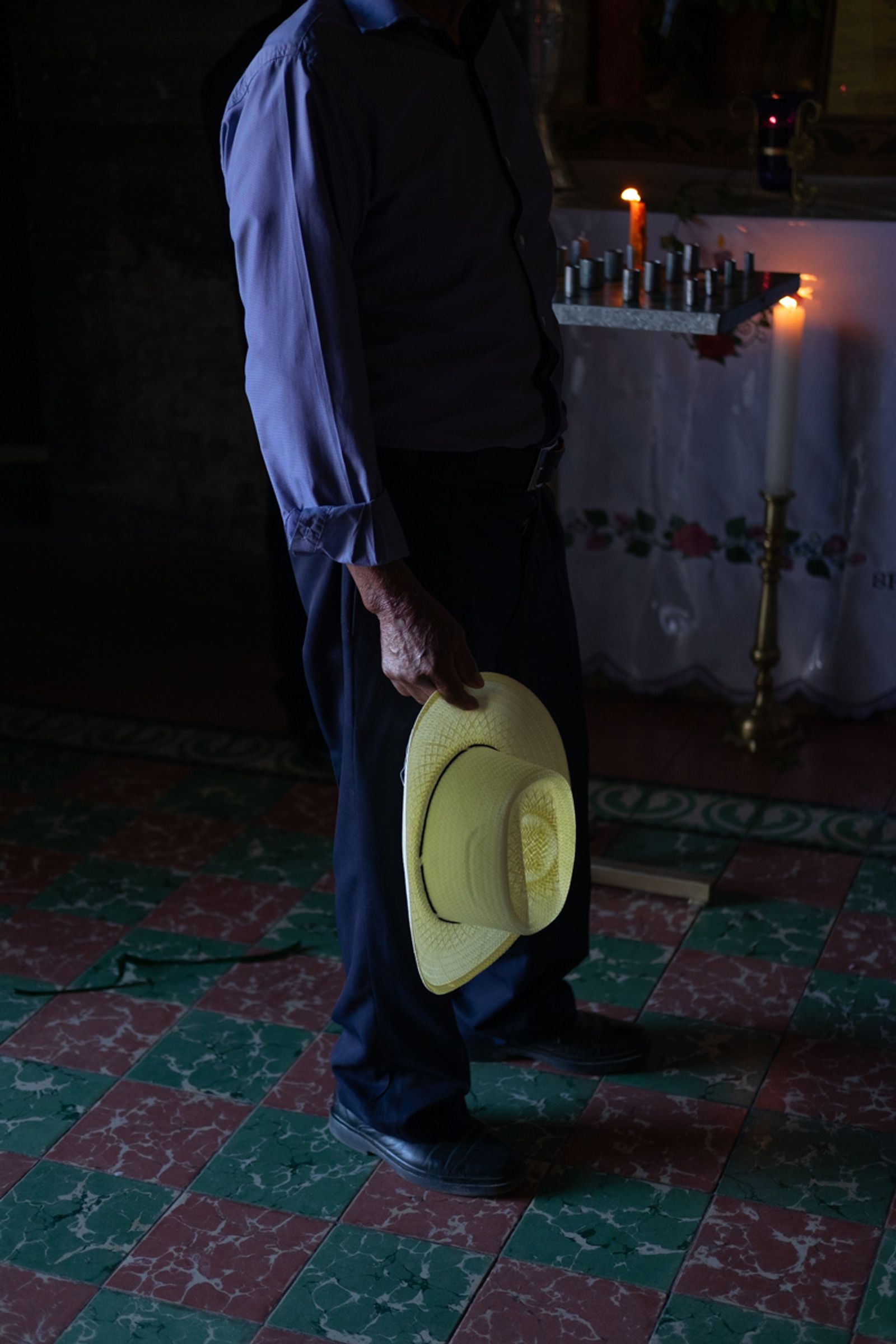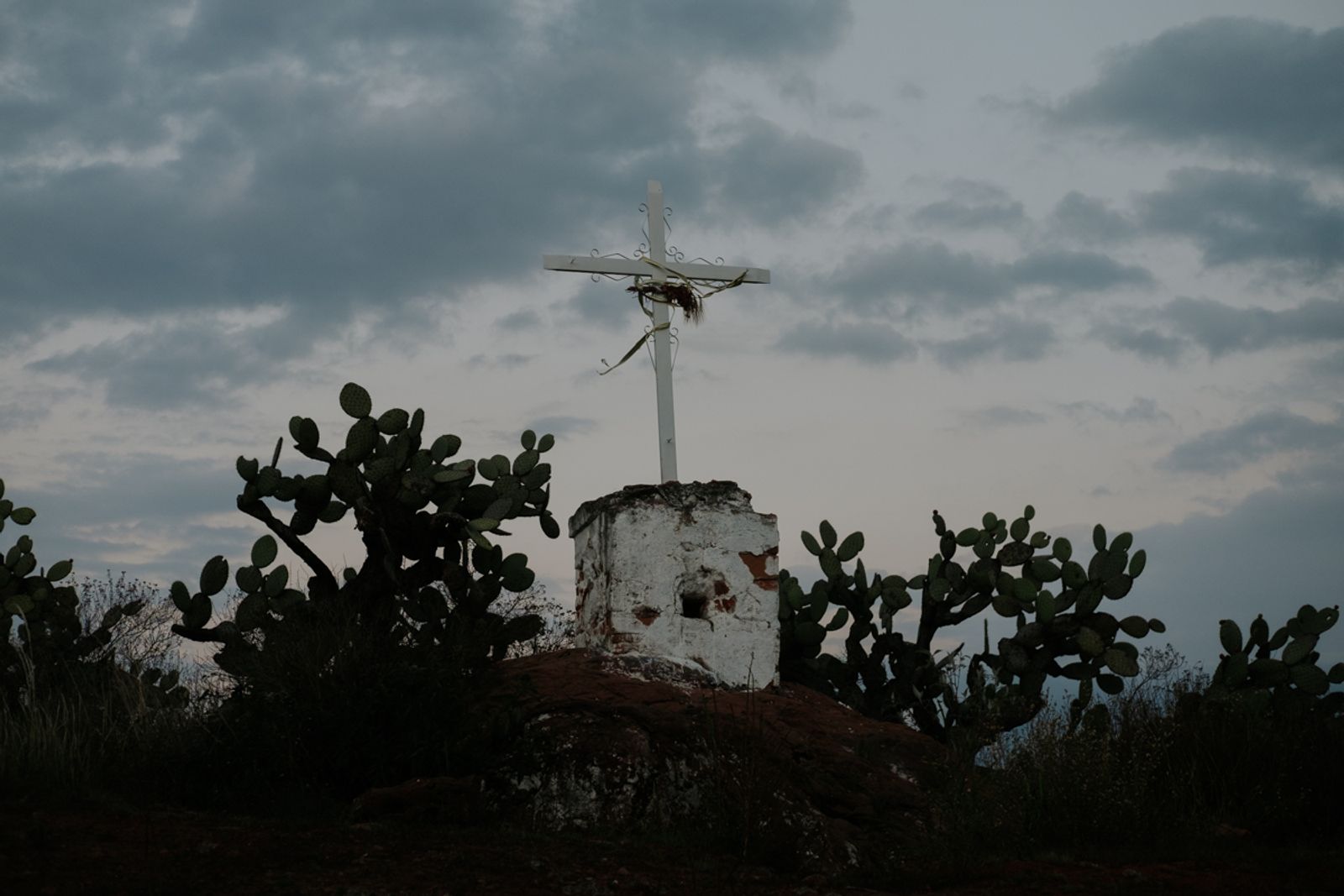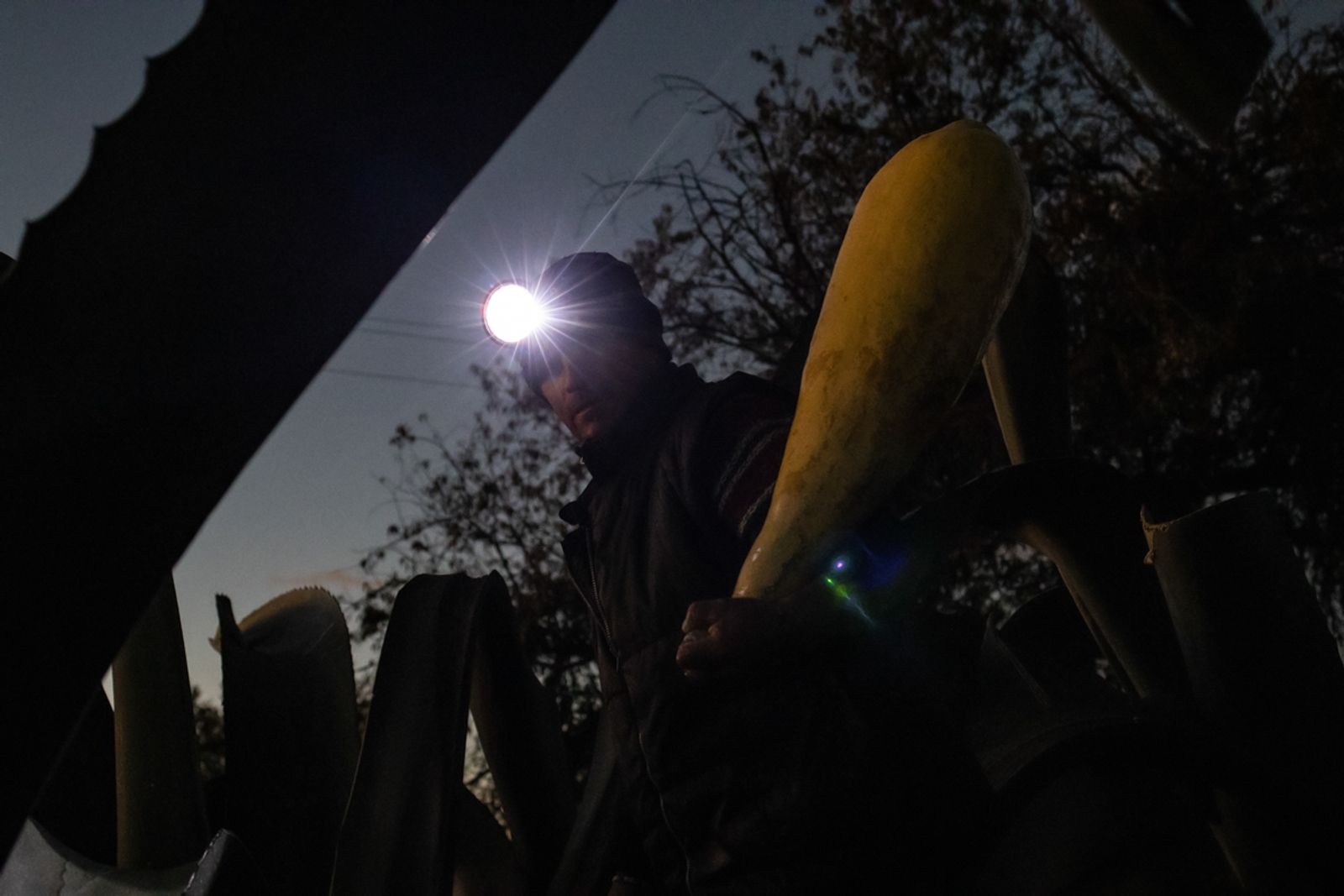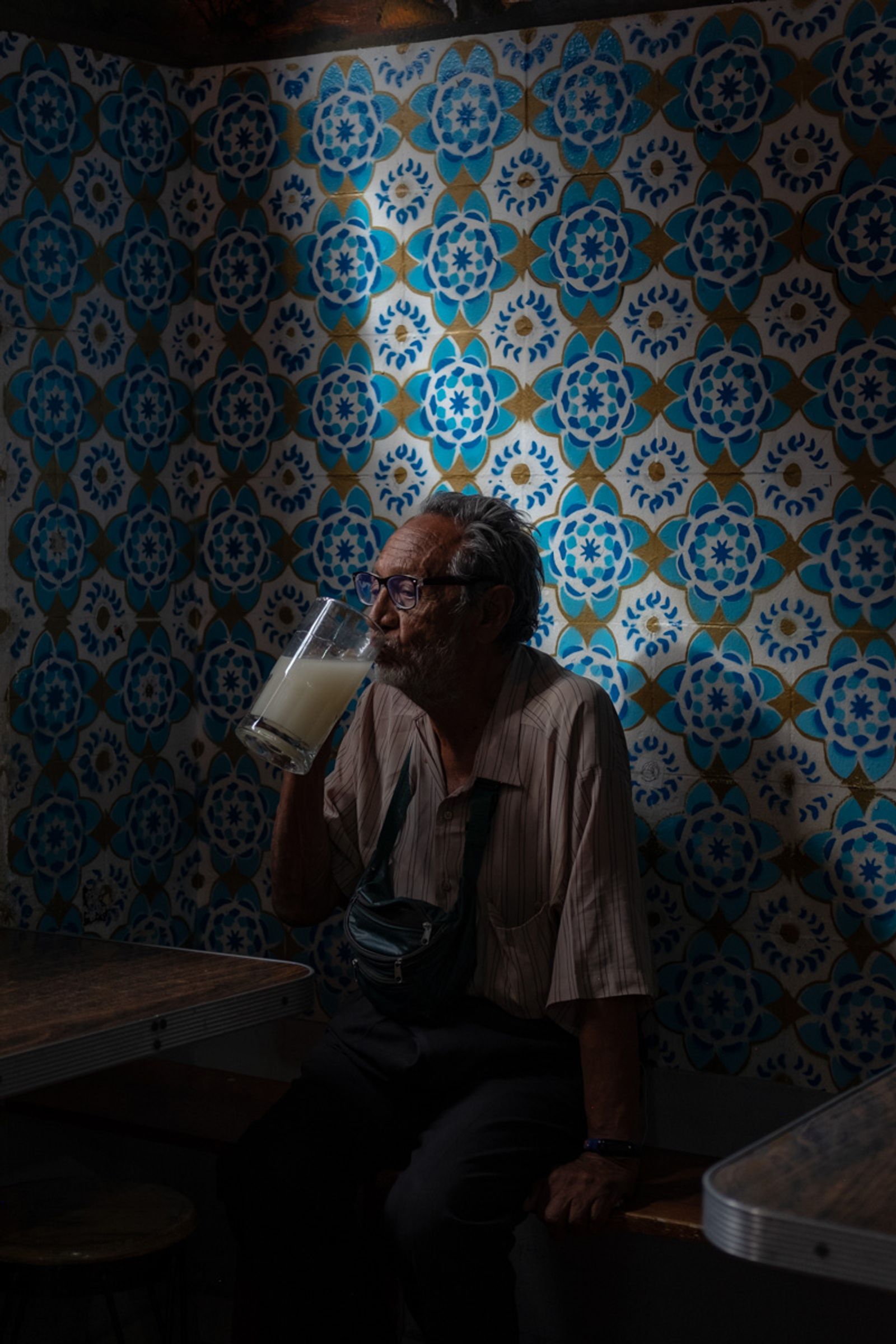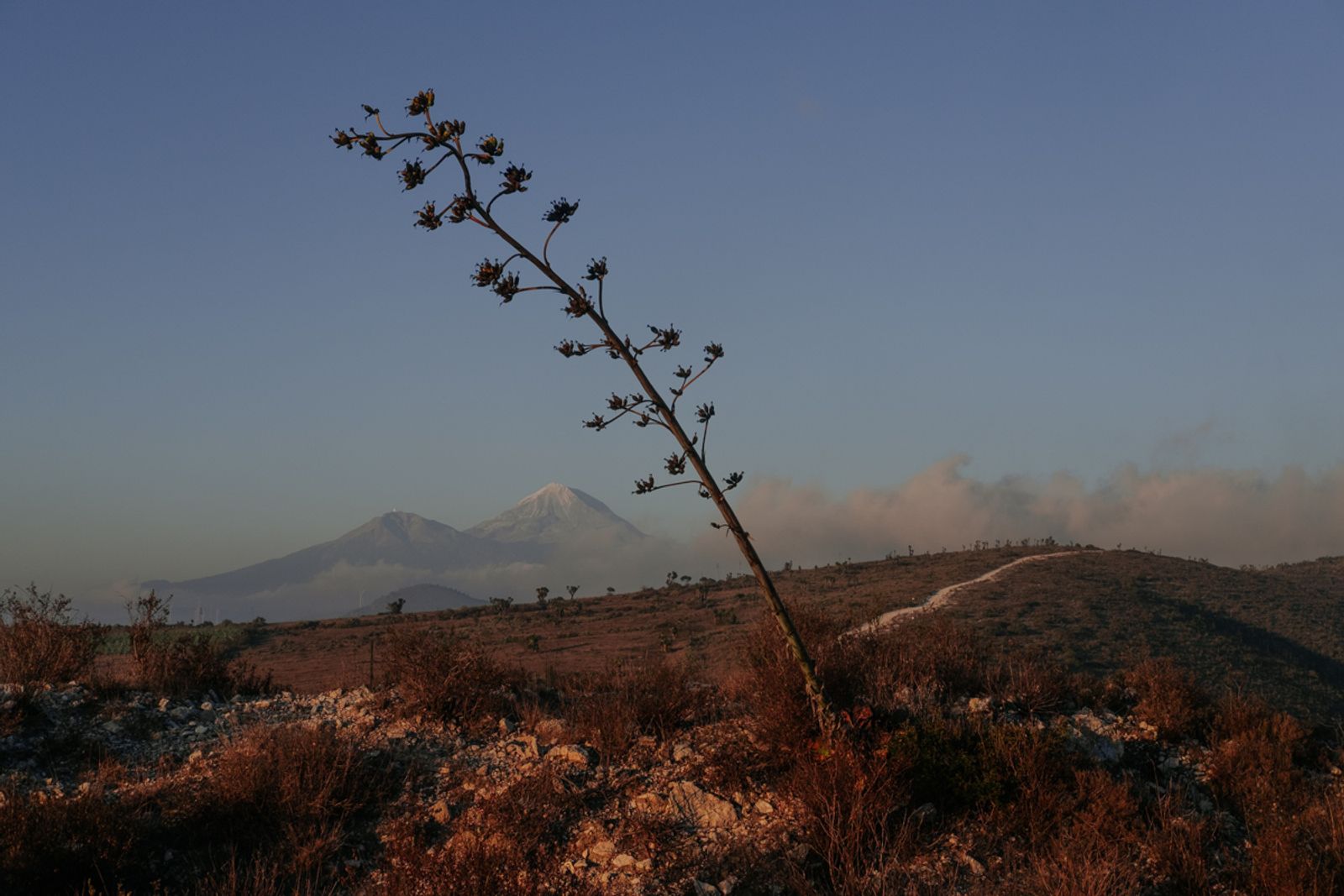The Time of Agave
-
Dates2023 - Ongoing
-
Author
- Locations Mexico City, Mexico, Oaxaca, Hidalgo, Tlaxcala
The agave system in Mexico is facing the confrontation of the ancestral time with the haste of a liquid modernity.
Espadín, the most common agave used for mezcal production, takes about 8 years to grow; wild agaves, up to 30 years. In the last decade, the occidental request for mezcal is pressuring the Mexican territory and its inhabitants at a rate that is far too aggressive for the plant’s intrinsic temporalities.
The Time of Agave is one of so many.
It is the time needed by the different agave species to grow well and sweet.
The same time that also need the actors of the agave system to grow as individuals, surrounded by the sharp spines of the plants, desertic soils and remote communities.
It needs to accelerate not to die and to slow down to survive.
It is tabu and shame, proudness and identity.
It is a physical time that manifests itself on the Mexican territory.
That conforms it, shapes it.
Constructing and destructing imaginaries.
The Time of Agave is contradictory and delicate. Balanced between a growth perspective and a desire for authenticity.
Covering both the pulque and mezcal regions, as well as using time as a reading-key to highlight the damaged agave system, the photos aim to show the subtile and sensible testimonies of a territory living the environmental consequences of its own economic apogee.
